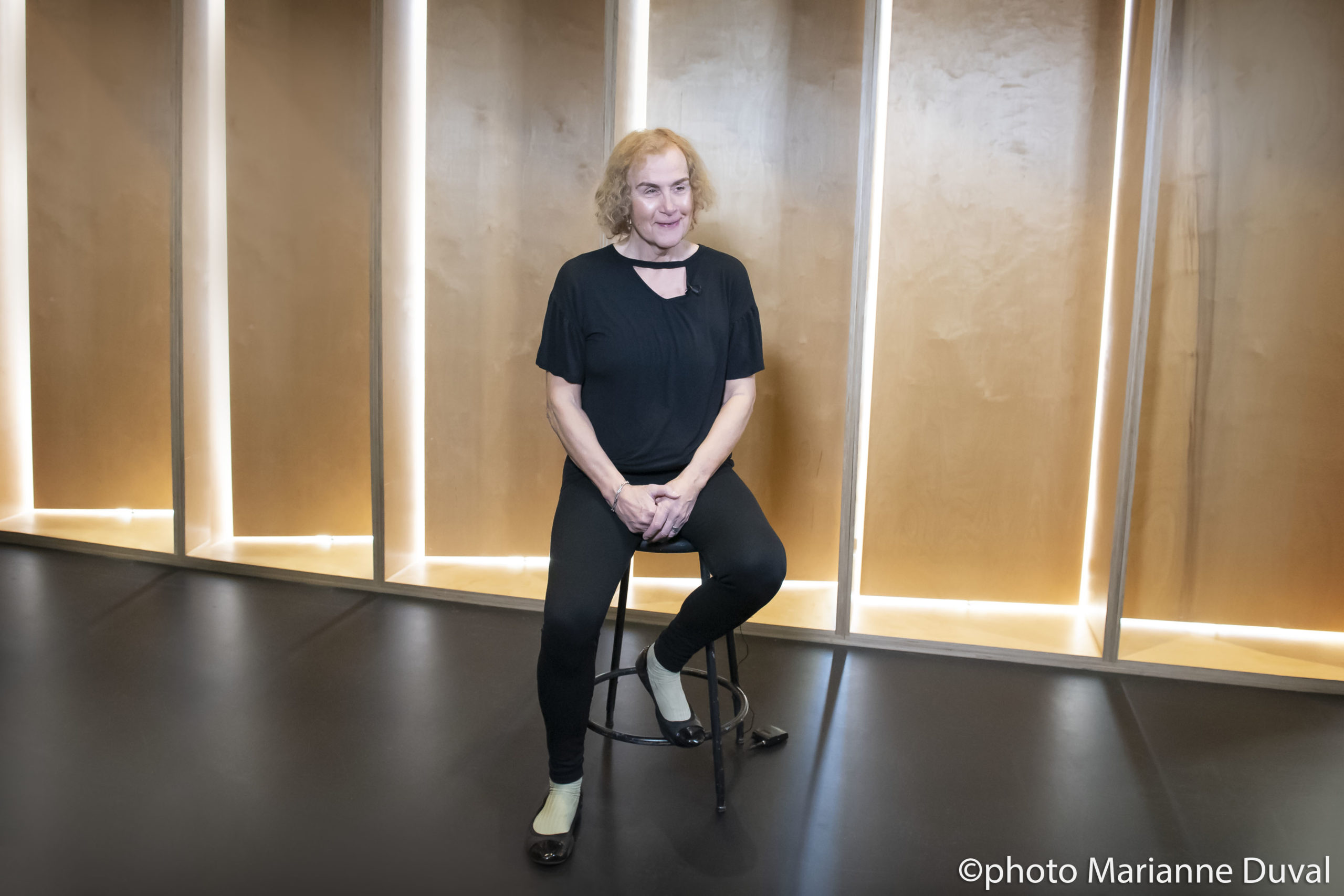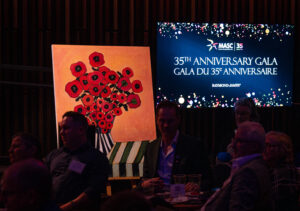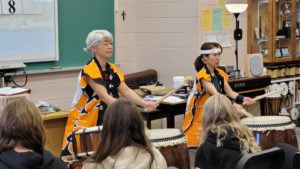Interview: Lola Ryan is a catalyst for growth through dance and movement
By Jessica Ruano | January 6, 2022

This interview was originally published on Apt613.ca
Lola Ryan is one of Canada’s foremost practitioners of dance and movement improvisation. A former champion athlete, she began a career in dance in her twenties, founding and co-founding several dance/theatre companies and touring nationally. Her work with children and adults is an abiding interest and encourages links between youthful play and the world of dance. In this interview, Lola talks about the body in motion and creating new work with a focus on identity and lived experience.

Lola Ryan. Photo provided by MASC.
Your current programs with MASC include workshops titled The Elastic Body, The Quiet Body, The Playful Body, and The Expressive and Social Body. How many versions of the body are there, and why is it important for us to discover them?
I chose these Bodies out of a multitude of options mainly because they lend themselves to working in an educational context. We can think of our body in a purely physical way, as a complex set of muscles, bones, blood, and nerves, which is often the most direct and accessible. However, it’s also possible to consider it in terms of culture, of the natural and manufactured environment, or as a vehicle for performance. Going even further, we could consider the thinking body, the philosophical body and so many more. There is an infinity of lenses we could use, from basic to detailed to esoteric. The more we know about ourselves, the better we can function in our daily lives. However, I have stayed with only a few options that can be explored within a shorter period of time.
You are currently working on a performance titled Skin Songs with fellow MASC artist Eleanor Crowder that combines poetry, songs, storytelling, audio recordings, music, and movement to create a theatrical exploration of womanhood. What was the impetus for this project, and how have plans for the show’s premiere developed since the onset of the pandemic?
Skin Songs originated with a body of poetry that I composed in order to make sense of my gender transition and the changes I was going through on many levels. I shared these poems with Eleanor, and she shared her writings with me. It sparked an intense conversation between us about the nature of the feminine and the challenges of living in relation to the dominant culture while still being true to our authentic selves. This marked the birth of our collaboration. We realized that this is a topic rarely confronted head-on in the way we were discussing it. Since then, our work has gone through a number of iterations and some personnel changes, then we were faced with the added challenge of a pandemic. At this point, the piece will combine both live and recorded texts and performance, ideally in an outdoor setting where the pandemic constraints will be reduced.

Lola Ryan performs. Photo provided by MASC.
At MASC, we invite our artists to celebrate and share their cultural heritage and identity in their workshops and performances. As someone who belongs to the 2SLGBTQI+ community, do you feel your identity is reflected in your work as an arts educator?
Even though I am now a transgender woman in my life and work, I must say that the teaching that I do as an arts educator has not substantially changed. We all have a body and a relationship to it, no matter how we identify on the gender spectrum. Even though my body and mind have undergone some major changes, the work I do is no different—having said that, I am more aware of social distinctions related to gender and age and strive to address the individual concerns of each person I interact with.

Lola leads seniors in a dance workshop. Photo provided by MASC.
As a member of MASC, what do you gain through offering your workshops in schools and in the community?
I have been a MASC artist for almost 20 years, and I am always gratified by the reactions of my students of all ages. I have seen children positively glowing with their accomplishments in class, doing things they had no idea were possible. Rolling and balancing on a ball, creating movement combinations, and learning from their fellow students, and not only me, is an absolute joy. Likewise, with seniors, their awakened sense of their bodies and quiet amazement at what they are still capable of doing also fills me with intense satisfaction. My role is a catalyst for the growth of whoever I work with, and I am complete and content in that position.
Why do you think it’s important for our local community to have access to professional artists?
Artists open possibilities—social, physical, imaginative, and creative. We provide schools and communities with new windows on themselves and the world they live in. A community rich in creative expression is what I dream of. Artists are a crucial factor in helping realize that dream.
Latest News
View All Articles



